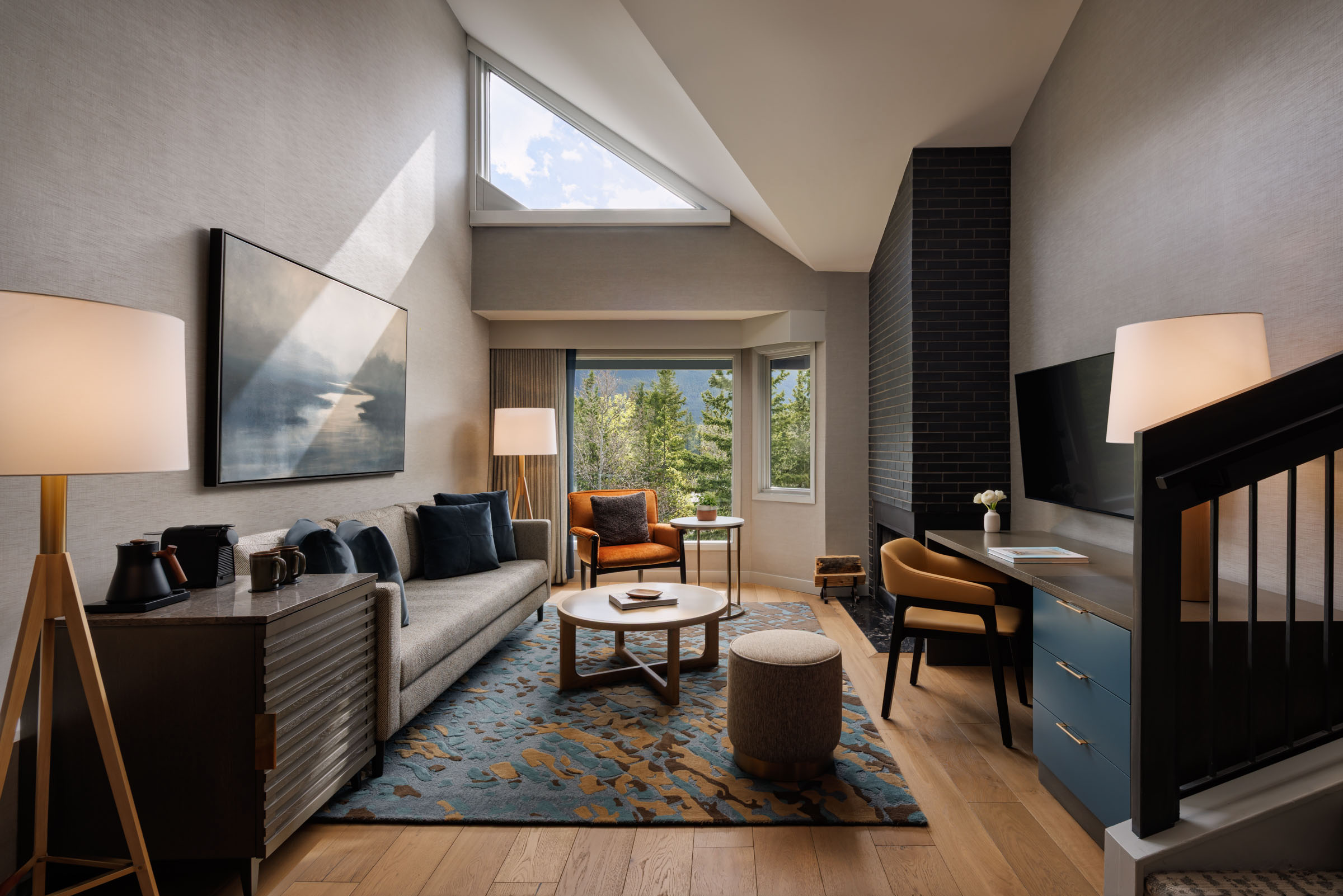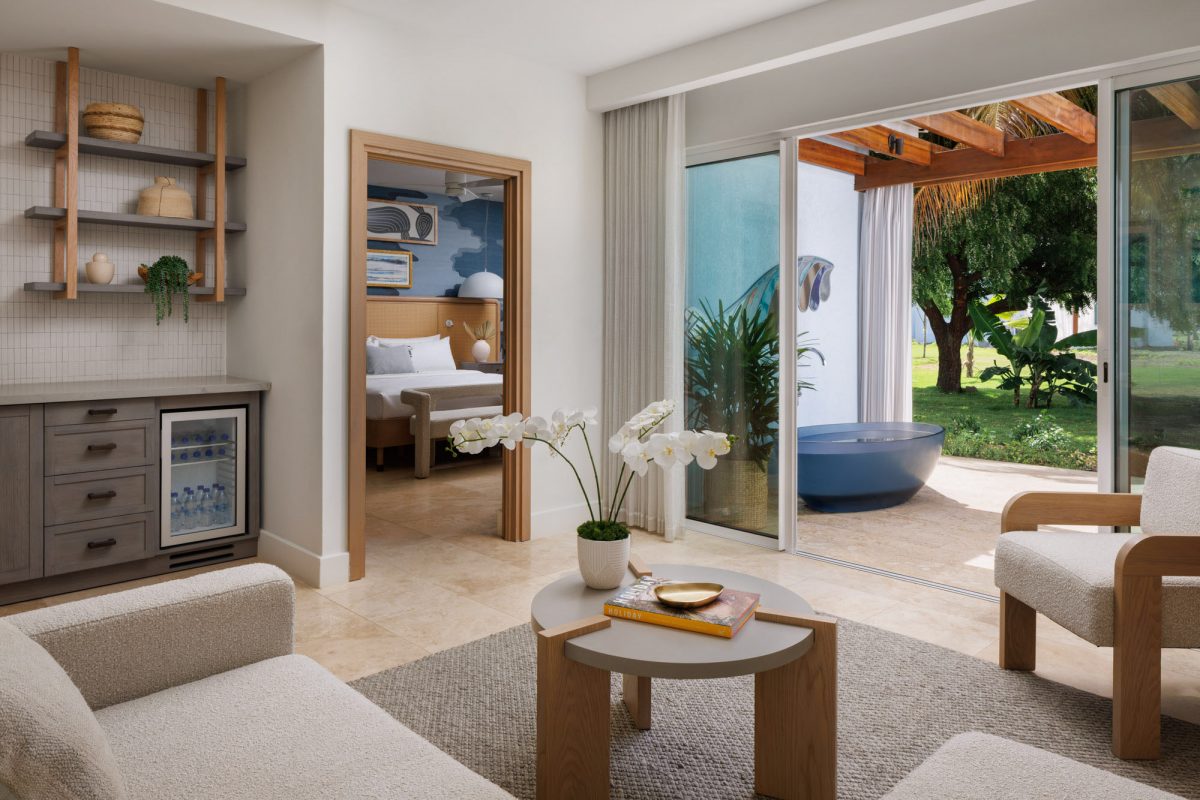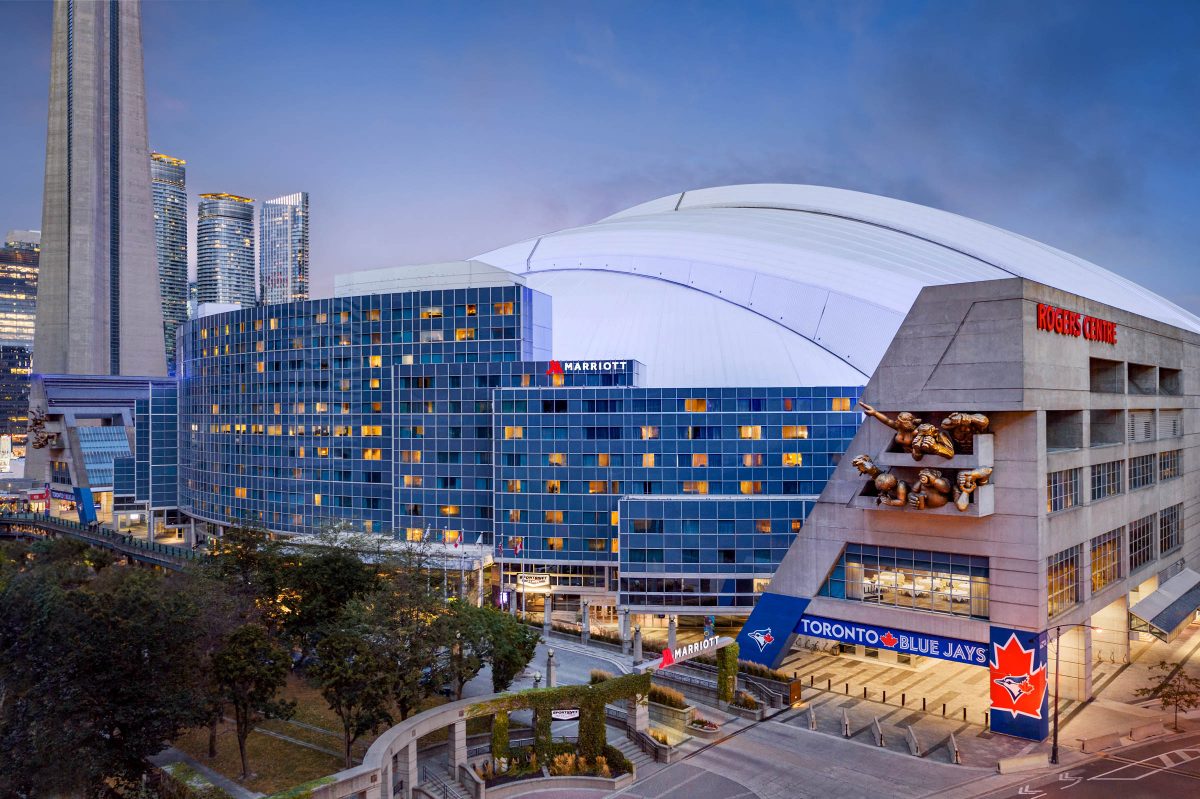Glancing at a photograph of a suite at your hotel, a potential guest’s eyes wander over the luxurious duvet cover to the warm glow of bedside lamps, and, out the window, to a view of the city or the water that beckons. Everything in the room and in that moment is as perfect and inviting as could be – and already, your guest is dreaming of waking up there. To get that flawless photograph, however, takes incredible planning and efforts spanning days ahead of a shoot. So, how does one of the most sought-after luxury hospitality photography teams get hotel teams to prepare for a successful shoot?
From stuffing pillows to straightening drapes, Shawn Talbot is sharing some of his top hotel photography staging and preparation steps – the best of a guide he shares with hotel clients such as Marriott, Mandarin Oriental and Fairmont.
Shawn provides hotels with a prep checklist before the shoot. A few days ahead, the hotel marketing team will meet with the housekeeping team to review Shawn’s checklist and the importance of items such as the following:
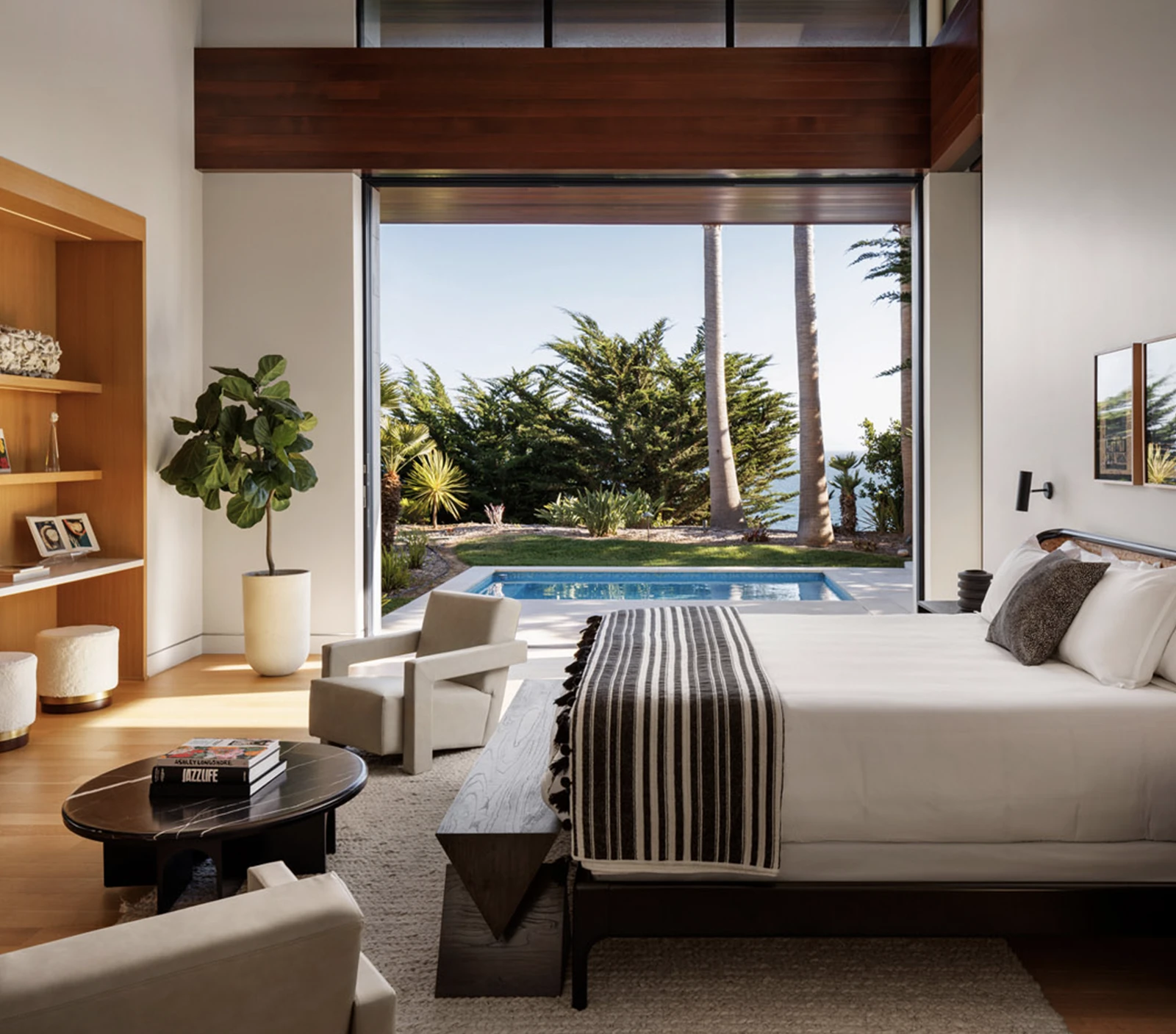
1. The Bed
In most hotel room photographs, the eye is drawn first to the bed: that glorious king mattress, the soft, perfectly white duvet cover, the plump pillows – all without a wrinkle in sight.
Preparation with this piece of furniture in a hotel photo shoot is everything, says Shawn.
“If you don’t start with a perfect bed, you’ll have to do so much retouching that you’ll lose the texture of the fabrics and it will look fake. We call this the ‘marshmallow bed.’”
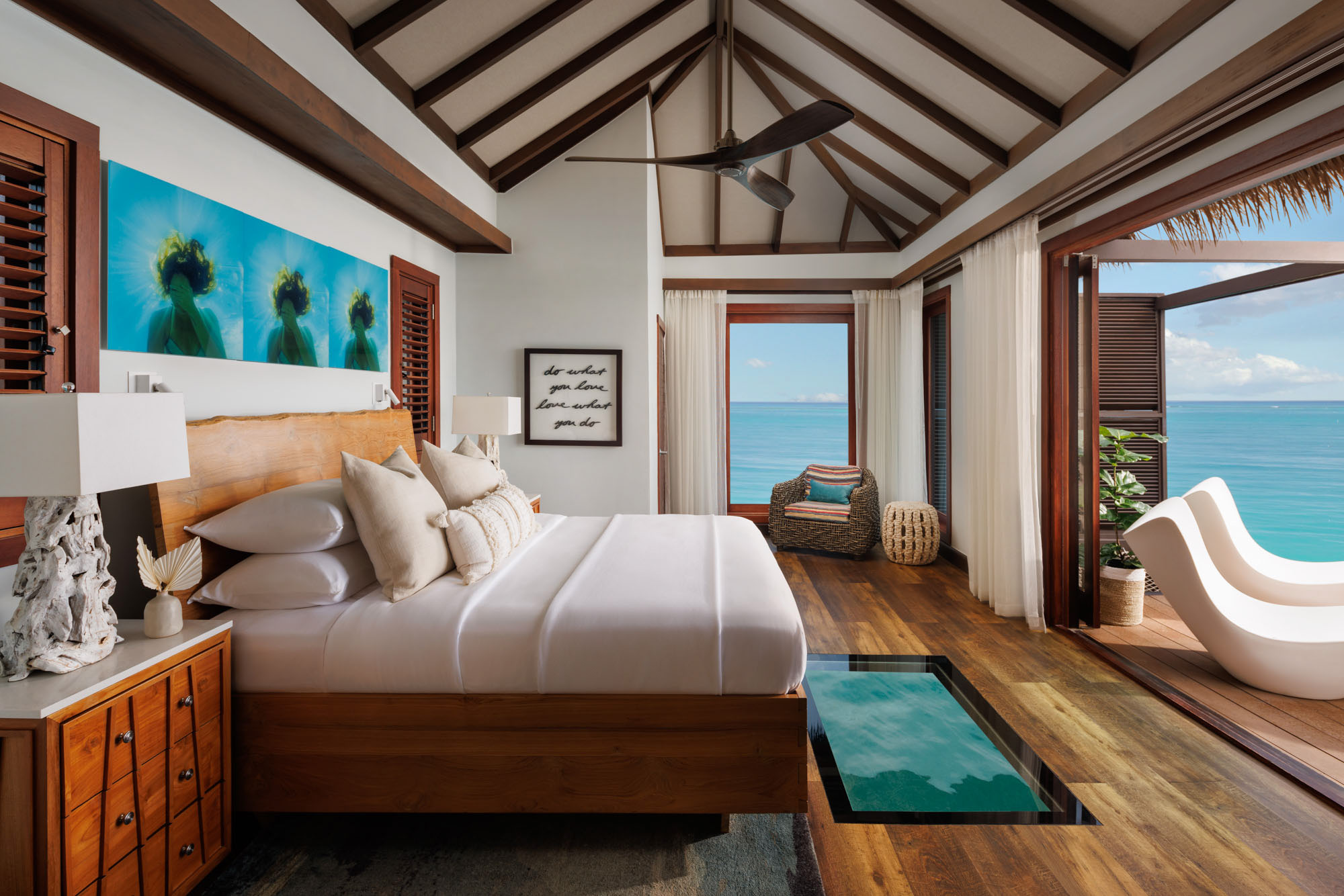
In addition to the very detailed guide Shawn shares with luxury hotel clients, he stresses these tips and tricks for preparing the perfect bed:
- Iron all bed sheets and pillowcases.
- Instead of a fitted sheet, fold a top sheet around the mattress like a present for the cleanest corners.
- Use brand new duvets: After first washing, the quilting in duvets can bunch and lose shape. Only new will make the duvets look wonderfully plush and smooth.
- Buy cheap but terrifically firm pillows just for the shoot so pillows and pillowcases look taut.
- Remember to wipe away all fingerprints (“One of the most common things I wipe away or photoshop out is handprints on headboards,” says Shawn.)

2. The Drapes
This is an area that may take the most orchestrating on the day. Shawn has the hotel team steam every panel of the drapes, and Shawn’s team tapes every pleat to the ground so they’re perfectly straight up and down.
“That’s how you get those really nice lines throughout,” he says.

3. Lighting
In a way, Shawn’s medium as an artist is light. While he uses apps to determine when it will be the best time to shoot in the room according to the sun’s position to make the most of natural light, he gets the hotel team to do their part with artificial lighting.
- Install the old tungsten type of light bulbs (not halogen, LED or CFL) for the best warmth.
- Ensure they all work and that they’re the same type and wattage, especially under a bar or cabinet; have all switches and dimmers accessible.
- Keep spare light bulbs on hand.
“It’s so important that the lighting is consistent and that everything is working.”
4. Little Extras
Some hotel chains, such as Marriott, have brand guidelines that stipulate that their hired photographer’s images can only contain objects actually found in the room – including flowers. Some brands, however, particularly in the luxury category, will let photographers add in a few details to enhance the vibe.
- Florals: Shawn recommends picking just one variety, and sticking to a cream, white or very neutral colour. “You don’t want a giant bouquet that’s going to steal the show.”
- Coffee table books: Again, choose spines or covers that are neutral. Shawn and his staging team often “scavenge” books from other places in the hotel, such as the lobby or restaurant. When he can, he chooses a book with subtle, local significance. For example, in a recent Fairmont Chicago shoot, he was able to bring in a Chicago history book from the lobby.
- Phones and alarm clocks have to go: “Those are things that can date a photo really quickly,“ says Shawn. “Ideally a hotel could be using these photos for five, 10 or even 15 years.”
- Exteriors Outside the lobby and/or parking area: If this is included in the shoot, Shawn has this area cordoned off a few days ahead so there are no vehicles in the shot. Again, cars can date a photo “pretty quickly,” says Shawn.
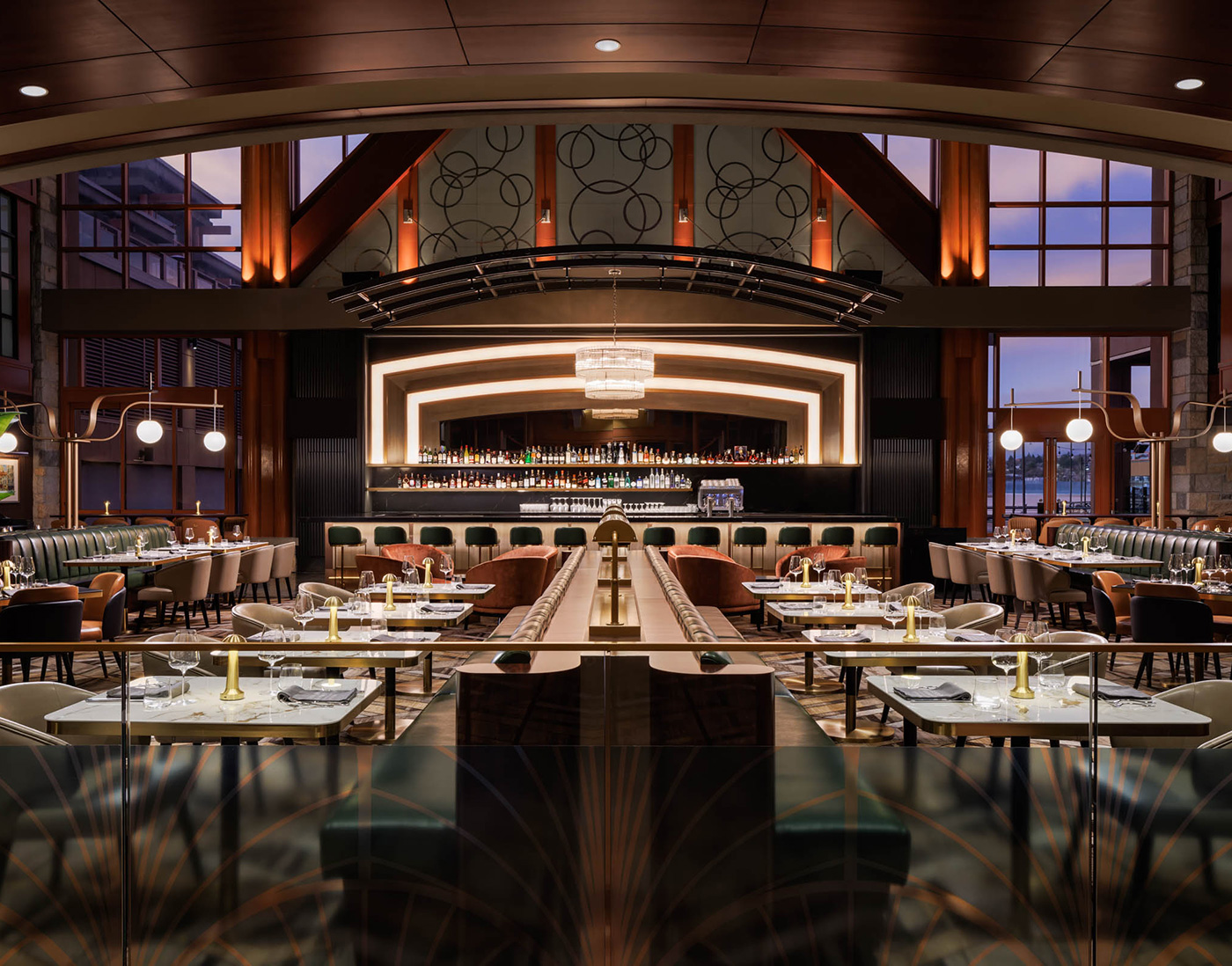
5. Restaurants and Bars
Restaurant and bar shots will often involve shooting at a time of day that’s opposite to when it’s busiest, and Shawn’s team knows how to get a bright morning look for a breakfast spot, or a dark and moody effect for a lounge that has to be shot in the morning.
“There’s almost always too much furniture,” he says. “A lot of times, we’ll take out a bunch of tables and chairs. Otherwise, it just becomes a ‘chair party.’
The tables and chairs that remain have to be immaculate: a good scrubbing on the bases of tables for this shoot is a must. Glass surfaces and cutlery should be clean and streak-free, and napkins should be ironed.
Closing Thoughts
See how some of these insider tips came into a play in our article ‘Inside the Shoot: Mandarin Oriental Hotel New York.’
Of course, these are just the highlights. Dozens, even hundreds of other staging steps take place to help luxury hospitality photography teams like Shawn’s get the perfect shot. As Shawn and his assistants move from one room to another area of the hotel, the staging team gets into a rhythm of ‘leap-frogging’ so that as he’s shooting the suite, the others have gone ahead to prep the next space, say the restaurant.
“It goes such a long way toward keeping the shoot moving. The faster we can get in, the faster we can get out, and the faster those rooms can be ready to receive guests again.”
What story would exquisite photos of your suites tell about your hotel?
Let’s find out. Contact me online to get started.
